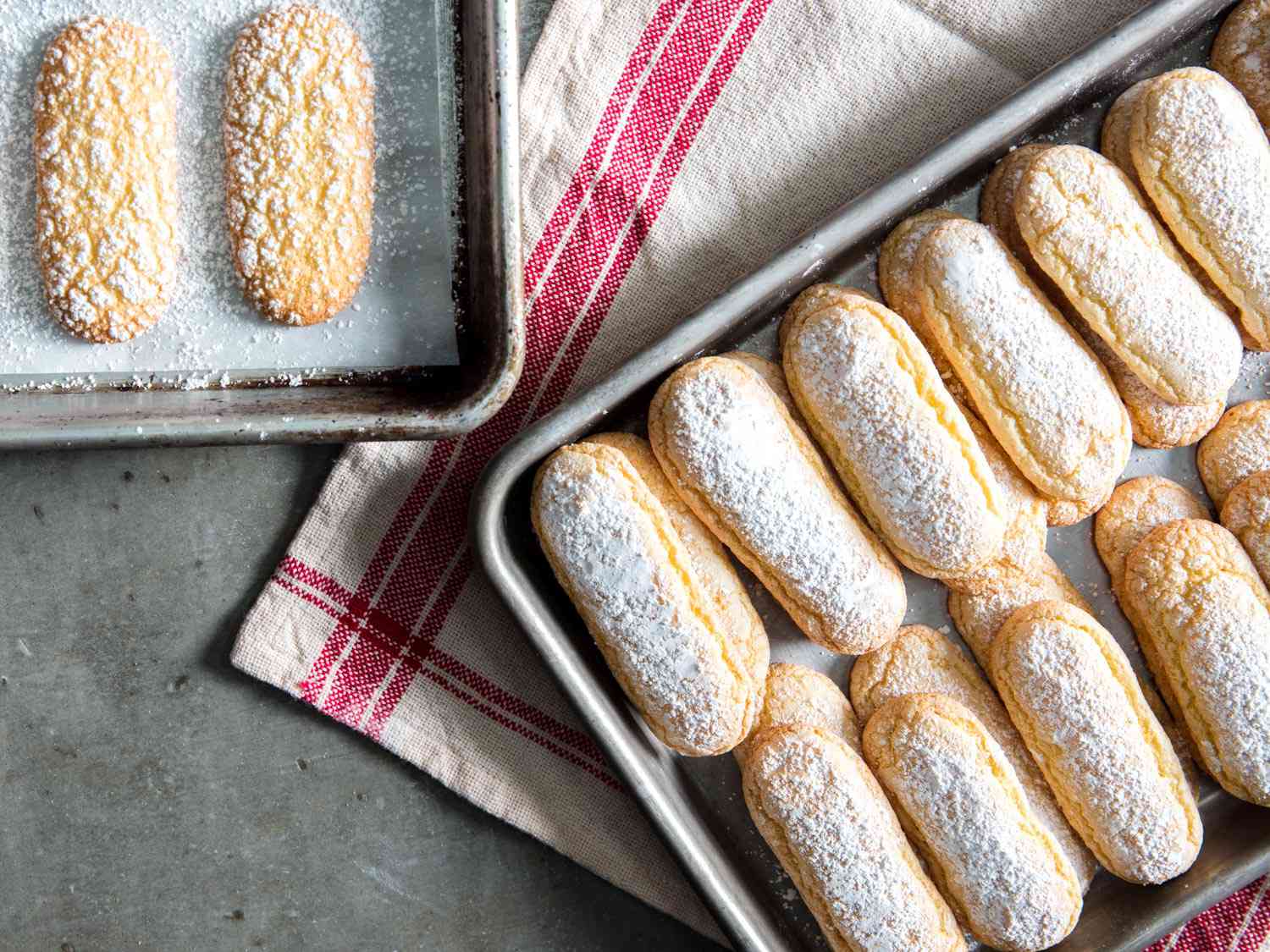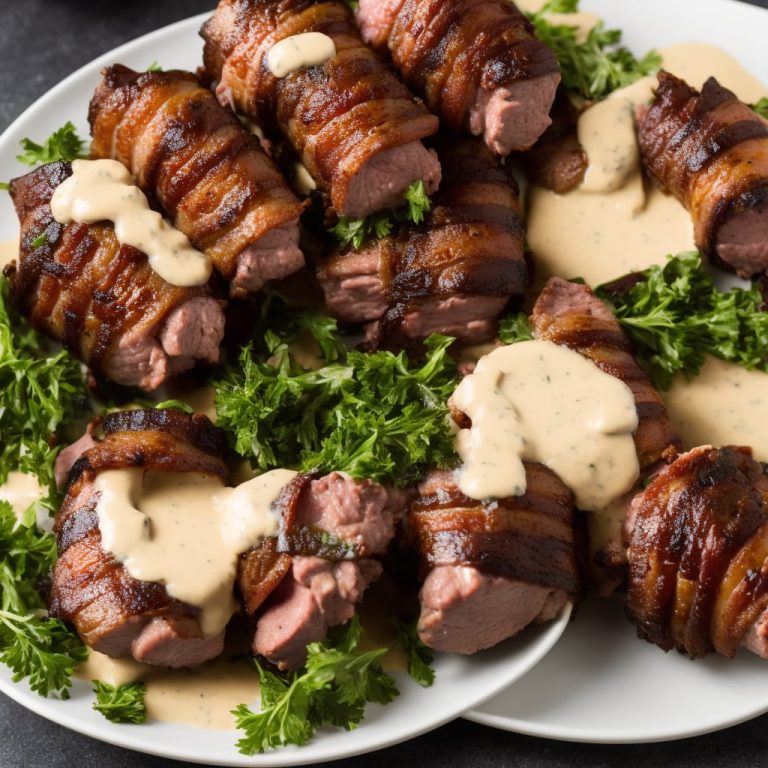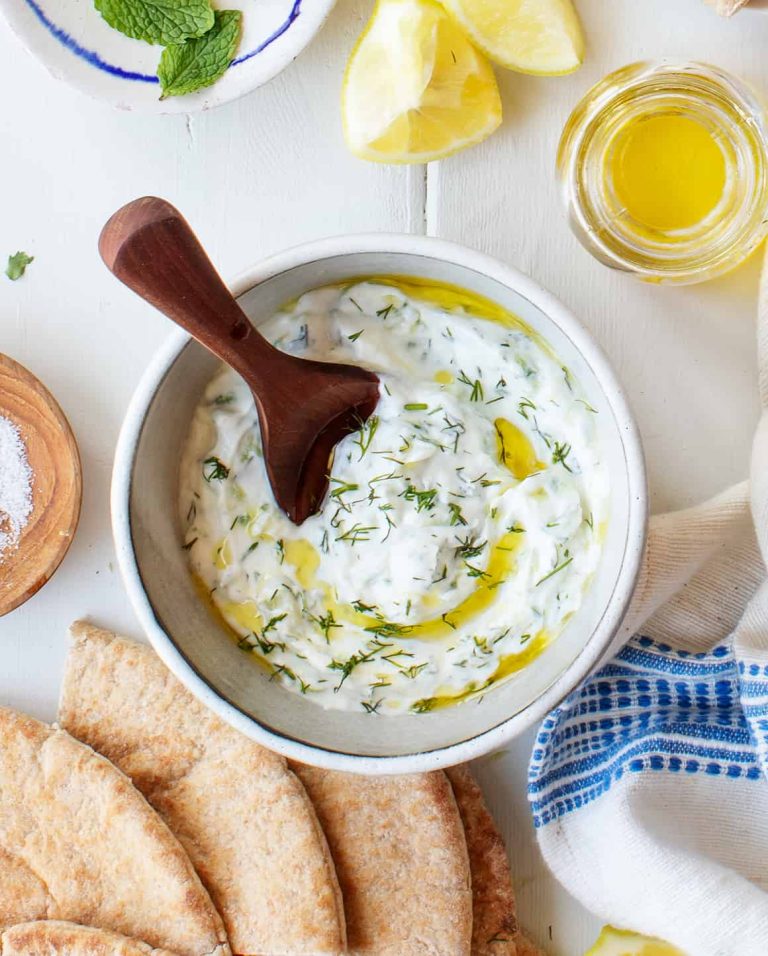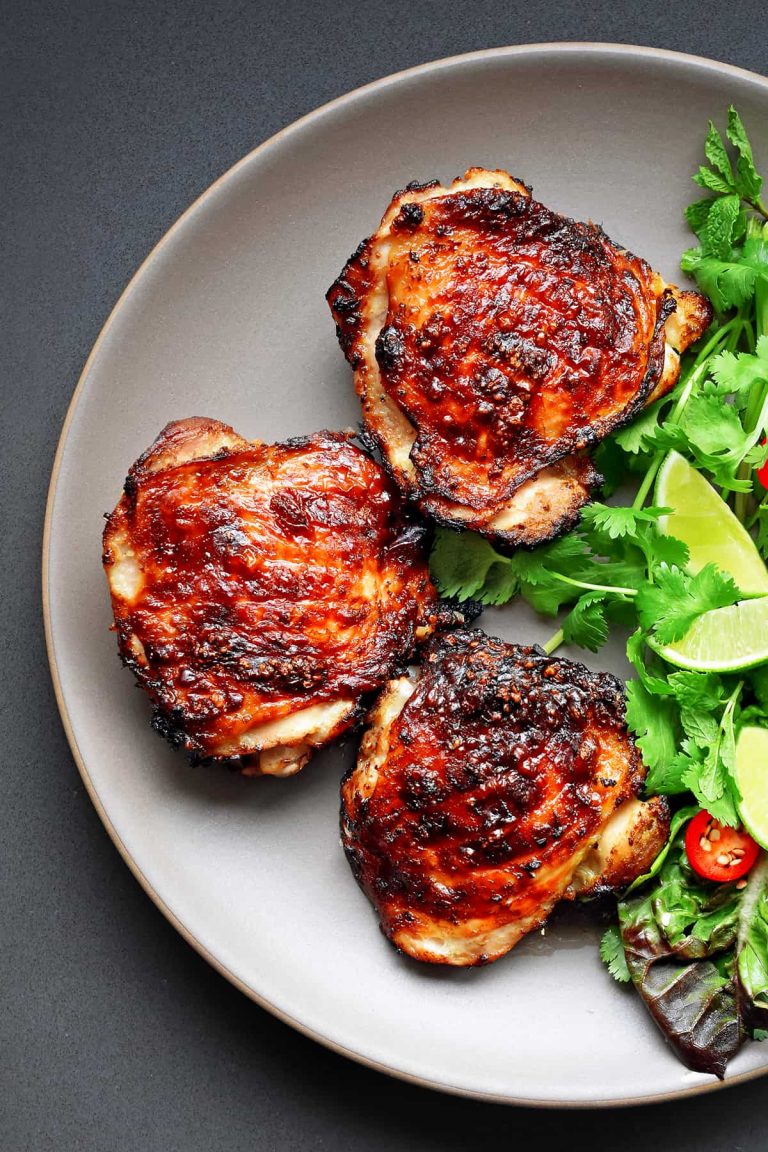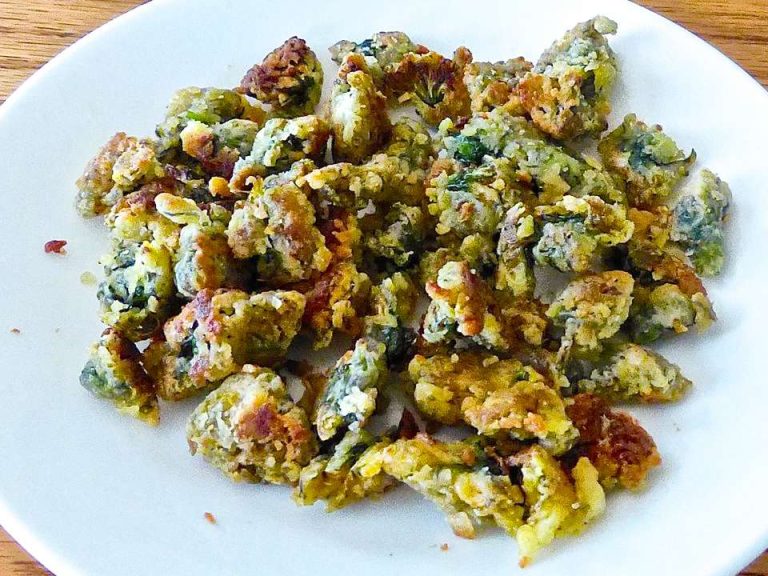Ladyfingers: History, Recipes, and Storage Tips for Perfect Desserts
Ladyfingers, also known as Savoiardi, originated in the late 15th century in the Duchy of Savoy. Bakers created them to honor a visit by the King of France. These elongated sponge cakes gained popularity across Europe, especially in French and Italian cuisines. Their name, “Savoiardi,” derives from their association with the Savoy region. Over centuries, they’ve maintained their popularity due to their airy texture and sweet flavor.
Culinary Uses
Ladyfingers serve numerous culinary purposes. They act as the primary component in traditional desserts like tiramisu and charlotte cakes. In tiramisu, ladyfingers soak up coffee, infusing the dessert with deep flavors. In charlotte cakes, they form the structure, adding form and texture. Ladyfingers also work as a base for trifles, layered with custard and fruit. They’re often used in icebox cakes, absorbing moisture to create a soft, cake-like consistency. For a quick snack, you can enjoy them plain or dipped in chocolate.
How to Make Ladyfingers
Ingredients and Tools Required
To make ladyfingers, you’ll need specific ingredients and tools. Key ingredients include:
- 3 large eggs
- 2/3 cup granulated sugar
- 1 teaspoon vanilla extract
- 1 cup all-purpose flour
- 1/4 teaspoon salt
- 1/2 cup powdered sugar (for dusting)
Essential tools include:
- Mixing bowls
- Hand mixer or stand mixer
- Fine mesh sieve (for dusting)
- Pastry bag with a 1/2 inch round tip
- Baking sheet lined with parchment paper
- Preheat and Prepare: Preheat your oven to 350°F. Line a baking sheet with parchment paper and set it aside.
- Separate Eggs: Separate the egg whites from the yolks. Place the whites in a mixer bowl and the yolks in a separate bowl.
- Beat Yolks: Add 1/3 cup of sugar to the yolks. Mix until pale and thick, then stir in the vanilla extract.
- Whip Whites: In the mixer bowl, beat the egg whites until soft peaks form. Gradually add the remaining sugar, and continue beating until stiff peaks form.
- Fold Mixtures: Gently fold the yolk mixture into the whipped egg whites. Be careful not to deflate the mixture.
- Add Dry Ingredients: Sift the flour and salt over the egg mixture. Fold in gently until just combined.
- Pipe Batter: Transfer the batter to a pastry bag fitted with a round tip. Pipe 4-inch lines onto the prepared baking sheet, spacing them about 1 inch apart.
- Dust and Bake: Dust the piped batter with powdered sugar before baking. Bake for 10-12 minutes, or until the ladyfingers are firm and lightly golden.
- Cool: Let the ladyfingers cool on the baking sheet for a few minutes, then transfer them to a wire rack to cool completely.
Popular Ladyfinger Desserts
Tiramisu
Tiramisu remains one of the most beloved ladyfinger desserts globally. Originating from Italy in the 1960s, this dessert combines coffee-soaked ladyfingers with layers of mascarpone cheese and a hint of cocoa powder. To make Tiramisu, begin by dipping ladyfingers in a mixture of espresso and coffee liqueur. Next, layer the soaked ladyfingers in a dish, alternating with a creamy mixture of mascarpone cheese, eggs, and sugar. Finish by dusting the top layer with cocoa powder. Chill in the refrigerator for at least 6 hours before serving.
Charlotte Russe
Charlotte Russe is a classic French dessert that showcases the versatility of ladyfingers. The dessert consists of a mold lined with ladyfingers and filled with Bavarian cream or a fruit mousse. To prepare a Charlotte Russe, line a springform pan with ladyfingers, ensuring the sugar-coated sides face outwards. Prepare the Bavarian cream by mixing gelatin, egg yolks, sugar, milk, and heavy cream. Pour the cream into the mold over the ladyfingers. Chill in the refrigerator for several hours, allowing the dessert to set. Before serving, garnish with fresh fruit or whipped cream.
These desserts illustrate the adaptability and richness that ladyfingers bring to any dessert table.
Storing and Preserving Ladyfingers
Shelf Life Tips
Ladyfingers, when stored correctly, remain fresh for up to two weeks at room temperature. Ensure they’re kept in an airtight container to prevent them from going stale. Check for any signs of moisture, as it can lead to sogginess or mildew. For longer preservation, consider freezing them. In a freezer-safe bag, ladyfingers stay fresh for up to six months. Thaw them at room temperature before using them in desserts.
Best Storage Practices
To maintain the texture and flavor of ladyfingers, store them in a cool, dry place. Keep the container away from direct sunlight to prevent the biscuits from getting too hot. If you live in a humid climate, use a dehumidifier in your storage area or place desiccant packets in the container. When freezing, separate layers of ladyfingers with parchment paper to avoid them sticking together. Always label the storage containers with the date to track freshness.
Conclusion
Ladyfingers are a key ingredient in many classic desserts, offering both texture and flavor versatility. By following the detailed guide provided, you can easily make your own ladyfingers at home. Proper storage is crucial to maintain their freshness, whether you keep them at room temperature or freeze them for longer periods. Remember to store them in a cool, dry place and use desiccant packets in humid climates. With these tips, you’ll always have fresh ladyfingers ready to elevate your desserts.
